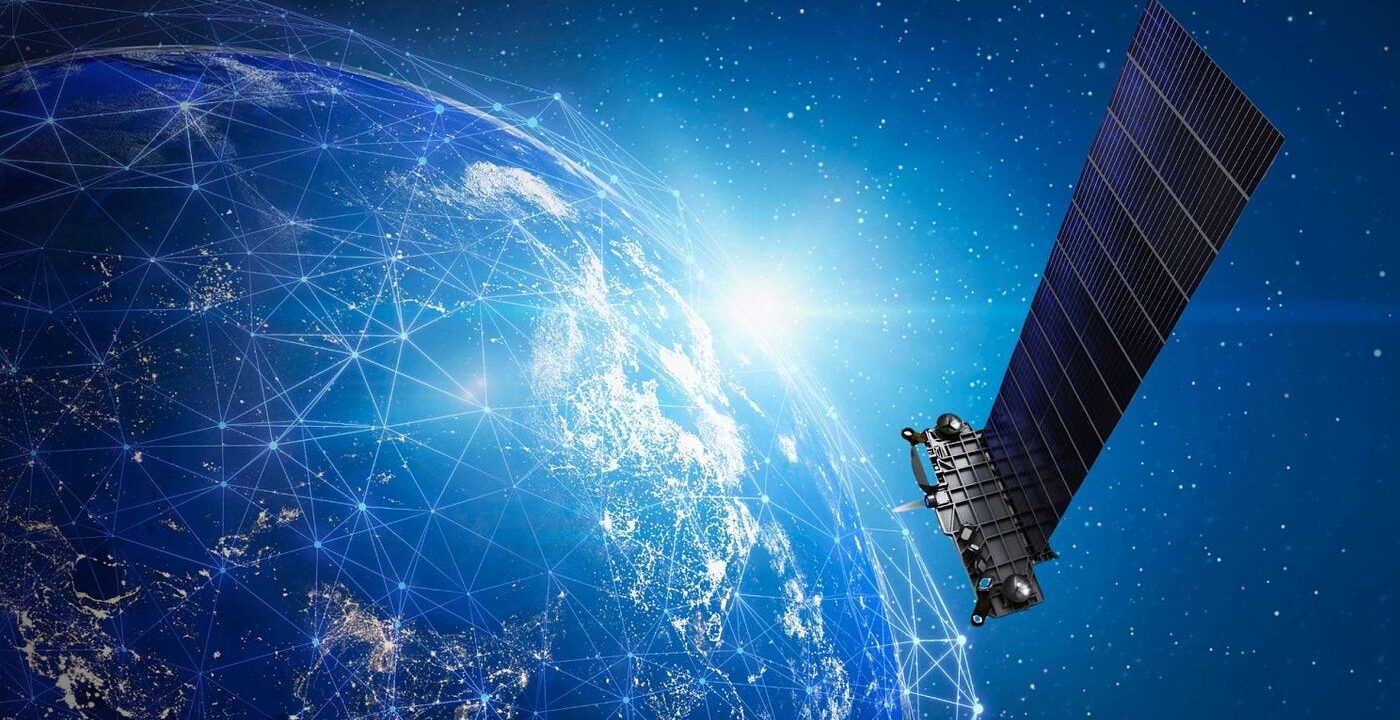
Starlink, a division of SpaceX, is ramping up efforts to offer direct-to-cell connectivity globally. Recent satellite launches in June and early 2024 included multiple satellites equipped with direct-to-cell capabilities, facilitating direct phone connectivity even in remote locations.
Experts predict that direct-to-cell technology will surpass broadband satellite technology. According to Starlink, the feature supports ubiquitous access to texting, calling, browsing, and connecting IoT devices using common LTE standards. It works with existing LTE phones without requiring any changes to hardware, firmware, or special apps. Starlink’s satellites with direct-to-cell capability feature an advanced eNodeB modem onboard, similar to a cellphone tower in space, and integrate into networks like standard roaming partners.
Elon Musk mentioned that the technology, which supports only 7 MB per beam, is particularly beneficial for areas lacking cellular connectivity, although it may not compete significantly with existing terrestrial cellular networks. Direct-to-cell satellite technology eliminates the need for traditional cell towers and base stations, offering connectivity to areas with poor or no cellular coverage.
Simultaneously, Starlink is expanding its presence in Africa. Several African countries, including Botswana, Zimbabwe, and Ghana, have recently approved Starlink services after initially banning them and imposing strict sanctions. Internet penetration in Africa lags behind the global average, with regions like Western, Eastern and Middle Africa having lower rates compared to other parts of the world. Starlink aims to address this issue by providing high-speed internet connectivity to even the most remote areas, enhancing internet access across the continent.
Stay well-informed and be the very first to receive all the most recent updates directly in your email! Tap here to join now for free!






